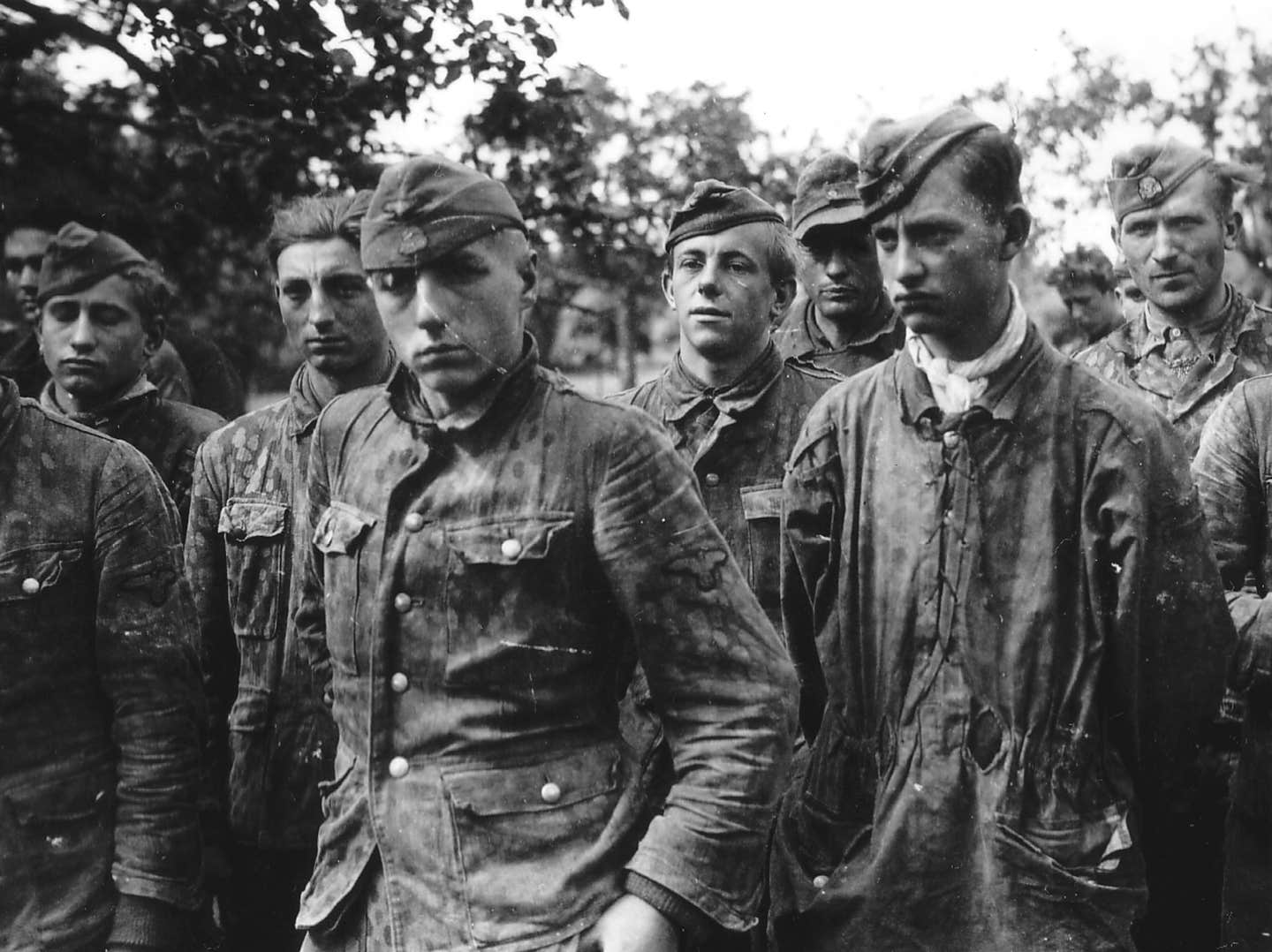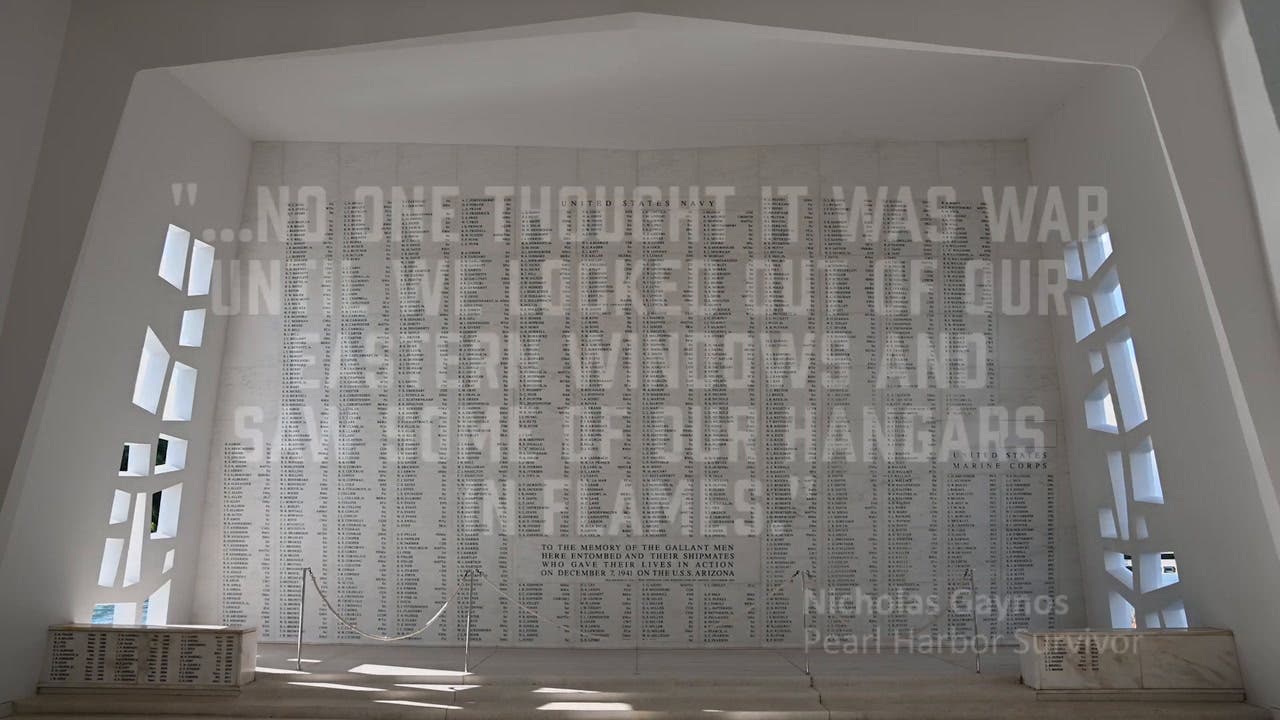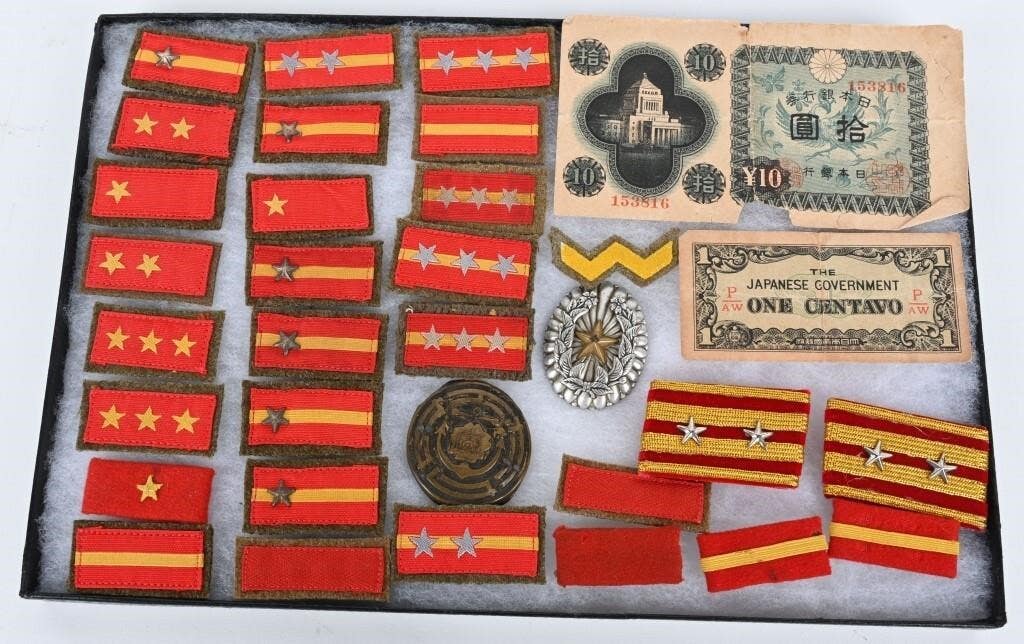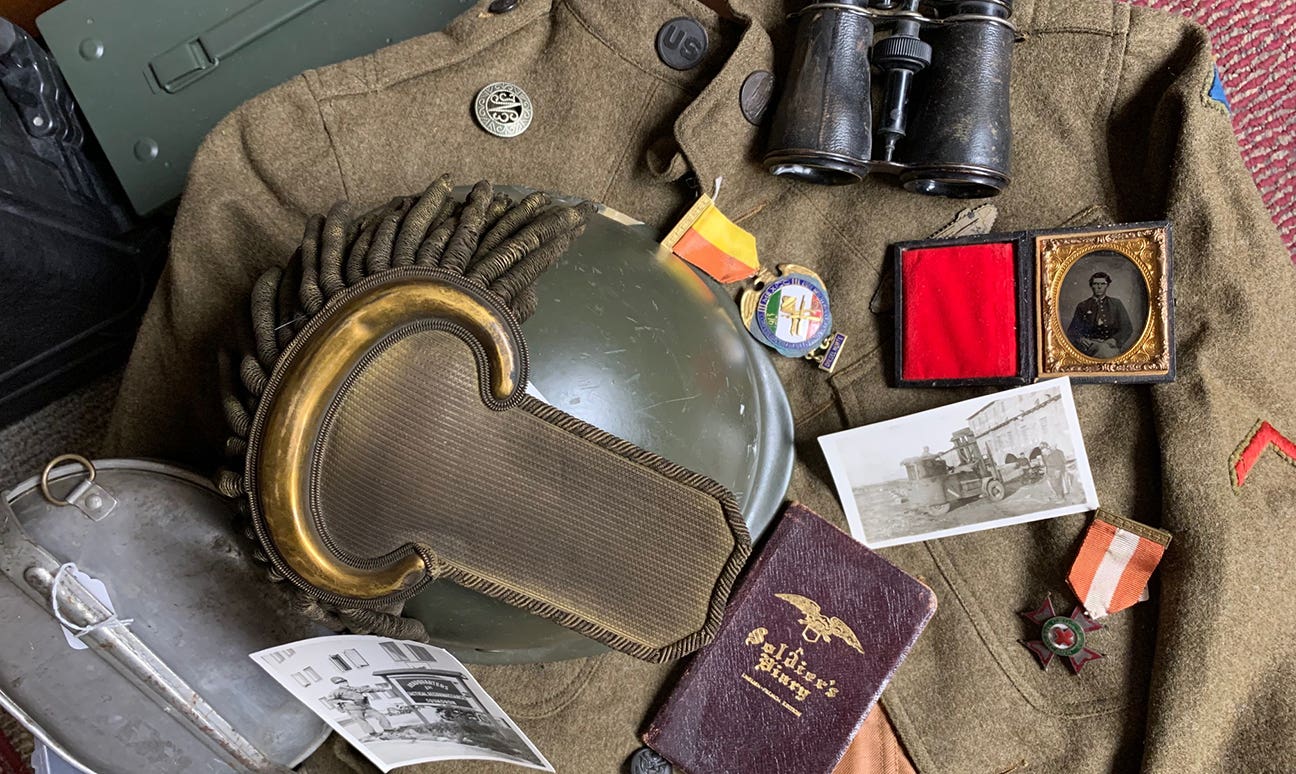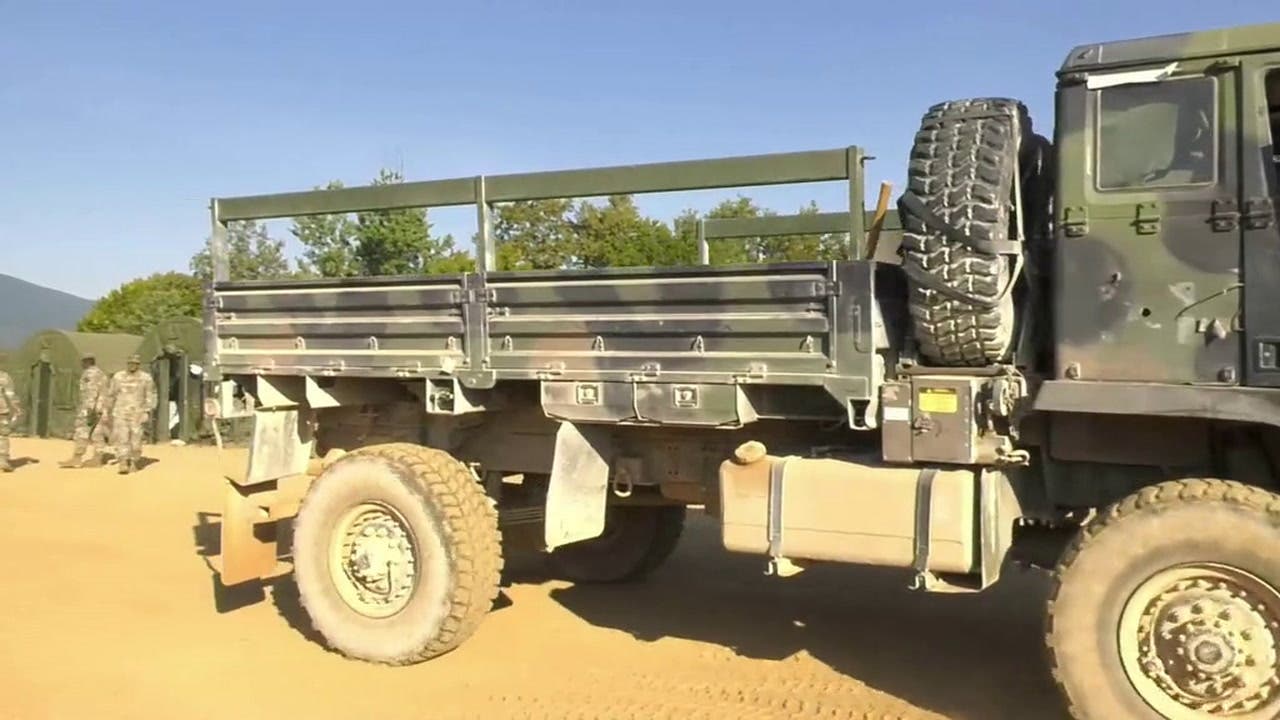What makes a militaria show ‘good’?
Ever since our hobby started hosting its own shows, organizers have been trying to crack the code on figuring out what makes a show “good” in the eyes of both…
Ever since our hobby started hosting its own shows, organizers have been trying to crack the code on figuring out what makes a show “good” in the eyes of both the attendees and the displayers. Often, what makes a show profitable for a dealer isn’t what makes it good for the shopper. Is there a middle ground?
Shows in the post-eBay era
Up until the advent of the Internet and eBay, military relic shows were the primary venue for dealers to interact with customers. In addition to displaying at events across the nation, many American dealers relied on the sales list that he or she would send to a select number of customers or subscribers.
After the Internet became accessible to most and word spread of a new selling venue called “eBay,” the way dealers and collectors interacted changed dramatically. In the late 1990s, fewer collectors felt the need to go to shows, and in turn, declining attendance and sales caused many dealers to consider going to a show to be a waste of time—after all, they believed they could sell their items for more on eBay and not incur the travel expense of gas, lodging and food. By the turn of the 21st Century, many were asking, “Are shows dead?”
Like any marriage, the honeymoon between dealers and collectors with eBay didn’t last. The Internet giant continued to raise fees and strip any recourse from dealers in disputes, so many longtime, committed eBay dealers dropped out of the mix. They tried a few other Internet venues that were similar to eBay but with far less viewers before realizing they had to try something different to connect with collectors. By about 2005, many concluded that shows were, indeed, the best venue for selling. Seven years later, the hobby is seeing a revival in shows—both in dealer and visitor attendance.
What makes a good show?
My friends on the U.S. Militaria Forum (www.usmilitariaforum.com) had a very good discussion a few weeks ago when a participant who goes by the handle, “Old B-1,” asked, “What are the makings of a good militaria show?” Old B-1 invited forum members to, “List your ideas that can make a militaria show good.” The answers were very interesting. In the hope of inspiring some show promoters, I will try to condense some of the extremely valuable points many forum members shared.
Our buddy, Old B-1 seeded the discussion with his own list:
- Friday setup: For dealers’ "meet and greet."
- Parking: Large amount, easy access, and free is best!
- Admission: Low and reasonable price to bring in the public/collectors.
- Dealer discounts: Hotels, Restaurants, show tables..... maybe more.
- Show sponsors: Help keep admission and table prices low.
- Food vendors
- Show volunteers: To help vendors load and unload their collection before and after the show, provide security and provide the same for public/collectors while at the show.
Old B-1, though, was looking at what qualities could he, as a potential show promoter, provide to make it a good experience. As the replies from the Forum poured in (in all, 21 posts followed Old B-1’s initial question), it became clear: There was one set of answers best for the dealers and the another set that was best for the show visitor.
“Beast” spoke for both audiences, however. He addressed location, lighting and aisle size: “One of the most important things to me is location. It should be close to a major highway with easy access. This also helps with the access to hotels and food. Also size and lighting inside the facility. I have been to too many shows where you can't look at the tables because the aisles are jammed.”
It was noteworthy that good food came up several times. In addition to commenting on location and careful scheduling to avoid overlap with other militaria shows, veteran collector and forum moderator Gil Sanow added, “good food at reasonable prices” was essential for the “good show” experience, but cautioned, “This won't bring people in, but it'll keep 'em happier when they get there!”
Changing inventory would seem to make obvious sense, but many show vendors seem to miss the value of rotating stock. Justin, who goes by “OD Man,” addressed one of the most frequently heard complaints from show goers, “There needs to be fresh items and dealers at each show,” noting, “There is a local military/gun show near me that I can honestly say hasn't changed in four years. Same items, same people—even the tables are in the same spot!”
All of this chatter, though, subsided when “Shenkursk” (who happens to use the American North Russia insignia as his avatar) raised several valuable points, astutely noting that any show promoter is, “…trying to serve two distinct groups of people—dealers and collectors—each with a set of goals that are sometimes different, but overlap in many areas.” He aptly noted, dealers want a lot of collector attendance. It is crucial, though, that a promoter recognizes the difference between “boots through the door” and “collector attendance.” Shenkursk summarized, “People who come to the door on Saturday, pay admission, walk around, and BUY stuff. This is not to be confused with 'public' - curious non-collector folks that pay admission, come in, walk around, enjoy a nice visit, then leave.”
Confusing “people through the gate” with “potential customers” is the same thing that happened during the peak of eBay selling. Sellers misinterpreted tens of thousands of users with “potential customers.” The “hit indicator” at the bottom of the sellers’ listings quickly dispelled the myth. Whereas there might be millions of people using eBay, that doesn’t mean anything if only 37 people view your item!
Shenkursk went on to build on Old B-1’s list of what makes a show good for dealers (with a fair amount of humor that was simply too good to not include here!):
- Local sellers: Having table prices low and lots of room for local collectors to get tables and sell off their 'extras' is also important for the other dealers.
- Easy loading and unloading. “Gotta love those convention centers that have an abundant supply of big carts available for use.”
- Decent food at the venue. “Gun show chili, green hot dogs, and cold, doughy pretzels only get you so far.”
- A pro-active cleaning staff at the facility. “True, 90% of us couldn't hit a bath tub with a fire hose, and apparently our insides smell like burning tires. But, we want the place nice and pretty for each of our subsequent attempts to destroy it.”
- Cheerful, happy, helpful show staff. “Many promoters need to learn to stay off the public address system unless it is absolutely necessary. When it is necessary, try not to sound like you are announcing bingo numbers at a prisoner of war camp.”
- Cheerful, efficient security. “Local law enforcement guys working an event for extra $$ are usually ideal. Pleasant and professional, but they can zap or blast trouble if necessary… Unnecessary encounters with a surly, power-mad mall ninja have made promoters look bad at a number of events.”
- A host hotel that is either directly connected or in close proximity to the event.
Our friend Shenkursk did not abandon the collectors in his pontificating. Quite the contrary, having written an equally informative (and entertaining) list of what makes an event good for the collector:
- We want stuff. “All kinds of stuff. And we want to get it before anybody else does. Basically, when attending a show as a collector that is what it boils down to.”
- A level(ish) playing field. “Collectors grudgingly understand that the dealers need time to set up, and after driving for hours or days and spending hundreds of dollars to attend, those guys want to shop around first… having an 'early bird pass' or membership that allows early admission gives the more serious collectors a chance to get a leg up on the competition and not feel like the dealers have all of the advantages.
- Lots of stuff to choose from. The more tables available at a show, the more stuff there is to choose from, and the less likely it is that the show will be 'shopped out' before we get in the door.
“The bottom line,” Shenkursk concluded, “a good show is a deceptively tricky thing, subject to a lot of factors— many of which are beyond your control. Dealers need to make dollars to make their travel worthwhile. Collectors need to find new treasures for their collections. Everybody needs to have a safe, fun time in a nice facility. Being within an hour's drive of a major airport is important, as is having hotels, restaurants, etc. near the facility. Big cities can be a problem due to parking, gun laws, traffic, etc., but you don't want to be too far away from a major population base or the crowd goes down.” A good show, it would seem, requires a show organizer to be both a tightrope walker and a juggler (and knowing how to supply good food doesn’t hurt either!).
Whether you are a collector or a dealer, what do you feel are the ingredients of a “good show?” The answers to this question can help shape the buying, selling, trading and collecting military relics and historic military vehicles over the next five years. Comment at the bottom of this blog or send your thoughts directly to me at:
I will combine your comments to those submitted to this blog and share them in our print magazines. The strength of our hobby depends on a healthy communication between dealers, collectors and show organizers. Let’s work together so that we can enjoy the hobby and insure it is still available to the next generation of military enthusiasts.
John Adams-Graf
Editor, MT & MVM
John Adams-Graf ("JAG" to most) is the editor of Military Trader and Military Vehicles Magazine. He has been a military collector for his entire life. The son of a WWII veteran, his writings carry many lessons from the Greatest Generation. JAG has authored several books, including multiple editions of Warman's WWII Collectibles, Civil War Collectibles, and the Standard Catalog of Civil War Firearms. He is a passionate shooter, wood-splitter, kayaker, and WWI AEF Tank Corps collector.



